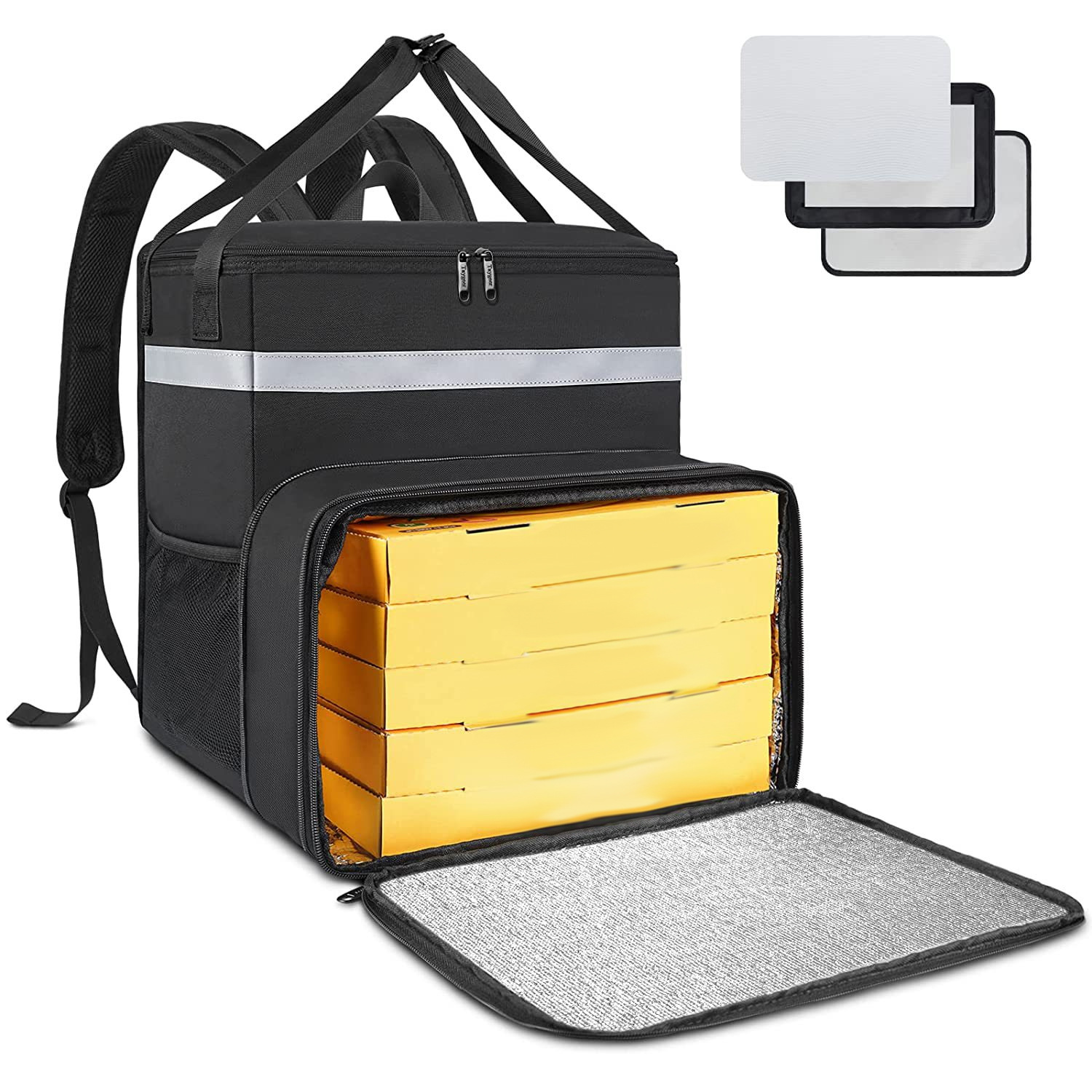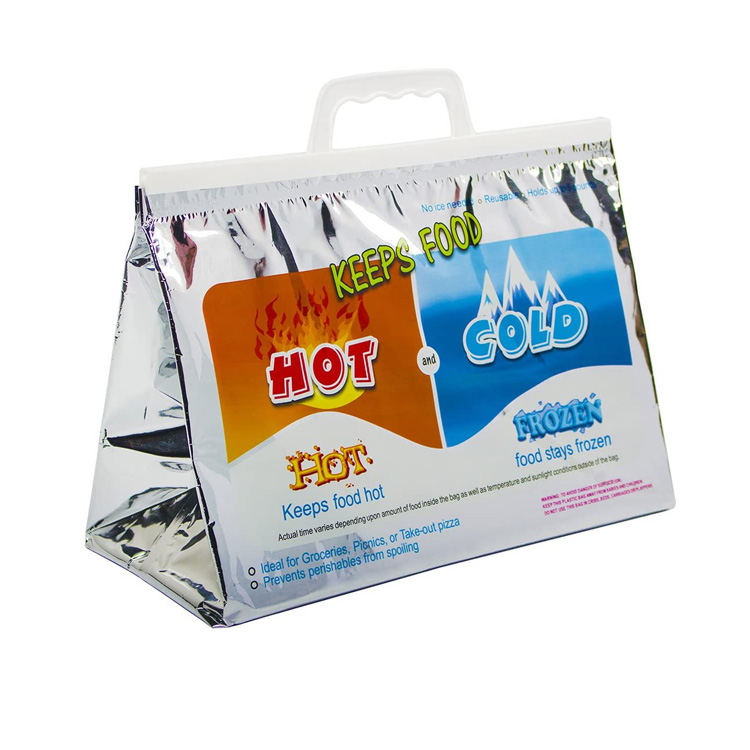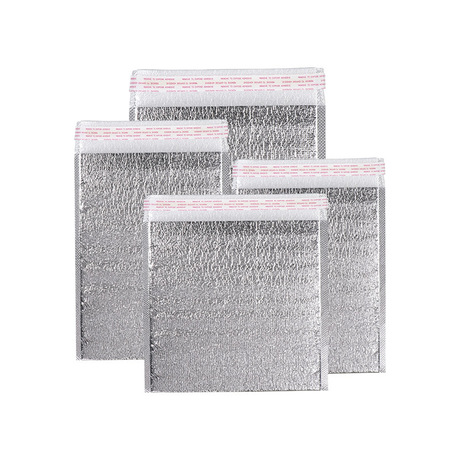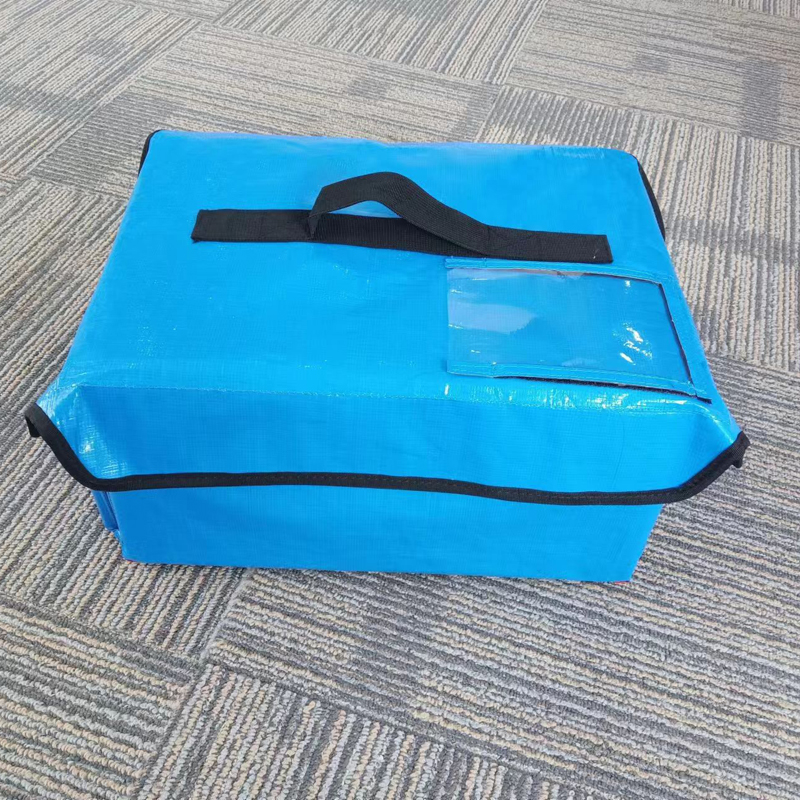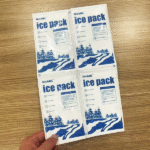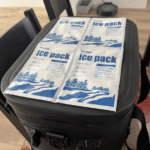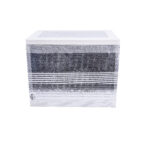Check Product Quality and Materials
Leakage issues are often related to the material quality, manufacturing process, or improper usage of the ice bags. Choose high-quality ice bags made from durable, non-toxic materials such as polyethylene (PE) or polypropylene (PP). High-quality ice bags are more resistant to friction and punctures, reducing the risk of leaks.
Ensure Proper Water Filling
Overfilling is a common cause of leakage. Always follow the product instructions carefully to avoid exceeding the bag’s maximum capacity. Excessive water increases pressure on the bag, potentially causing leaks at the seal.
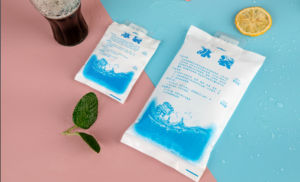
Inspect Sealing Integrity
The seal design of a water-filled ice bag plays a crucial role in preventing leaks. Ensure that the seal and the filling opening are intact, free from cracks or wear. After filling, check that the opening is fully closed without any gaps to prevent leakage due to an incomplete seal.
Avoid Sharp Objects
When using the ice bag, avoid contact with sharp objects, such as hard or pointed items. Sharp materials can puncture the bag, causing leaks. To extend the life of the bag, consider using an external protective layer to prevent direct contact with sharp surfaces.
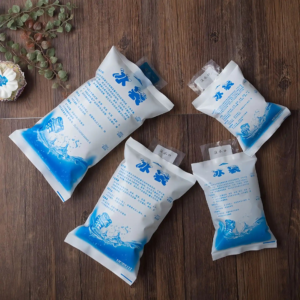
Regular Inspection and Maintenance
Even high-quality ice bags can wear out or deteriorate over time. Regularly check the bag’s condition, especially before refilling it, to ensure there are no cracks or damage. If you notice significant signs of wear, replace the ice bag promptly.
Proper Storage Conditions
Improper storage can also lead to leakage. Avoid exposing water-filled ice bags to extreme temperatures (too high or too low), particularly during long-term storage. Storing them in appropriate conditions will help preserve their seals and prevent material degradation.
By following these tips, you can significantly reduce the likelihood of leakage, ensuring your ice bag provides optimal cooling performance when needed.







